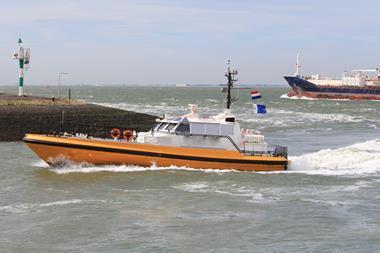NETHERLANDS – The €1.2bn pension fund of supervisor De Nederlandsche Bank (DNB), the Dutch financial watchdog, has offloaded its Spanish and Italian government bonds in favour of German and Dutch government paper and emerging markets bonds to decrease its risk profile and improve its interest hedge.
In the wake of the debt crisis in Europe, it also increased its strategic fixed income allocation to 79.5% while reducing its equity investments to 15.5%, according to its 2012 annual report.
The pension fund reported an overall return of 13.6% and saw its coverage ratio improve by 4.4 percentage points to 106.9% – 0.7 percentage points short of its required financial buffer.
Equity, returning 16.4%, was the scheme’s best performing asset class, due largely to its developed country holdings, which returned 17%.
Emerging market equities returned 2.6% over the period.
The DNB scheme’s combined fixed income investments returned 11.1%, with euro-denominated bonds producing the best results.
Its new allocation to the government paper of emerging countries, through a BlackRock ETF focusing on Brazil and Russia, returned 5.2%.
The pension fund said it incurred a 4.8% loss on its real estate investments through the unlisted indirect property fund run by CBRE.
According to the Stichting Pensioenfonds van De Nederlandsche Bank, the active management of its investment portfolio – excepting the more than 44% allocation to long-term government bonds – added 0.2 percentage points to its total return.
Active management of euro-denominated core bonds delivered an extra return of 41 basis points.
However, active management of euro-denominated credit failed to generate additional results, it said.
The scheme’s board said it was modelling its policy for contributions, investments and indexation on the “economic reality” of market rates, rather than on the three-month average of the forward curve with the ultimate forward rate (UFR).
“The UFR,” it pointed out, “is based on the uncertain expectation of a long-term interest rate of 4.2%.”
At year-end, the pension fund’s market rate coverage was 102%.
Last year, the scheme granted its active participants an unconditional indexation of 1.21%, whereas its pensioners and deferred members missed out again on their conditional inflation compensation.












No comments yet